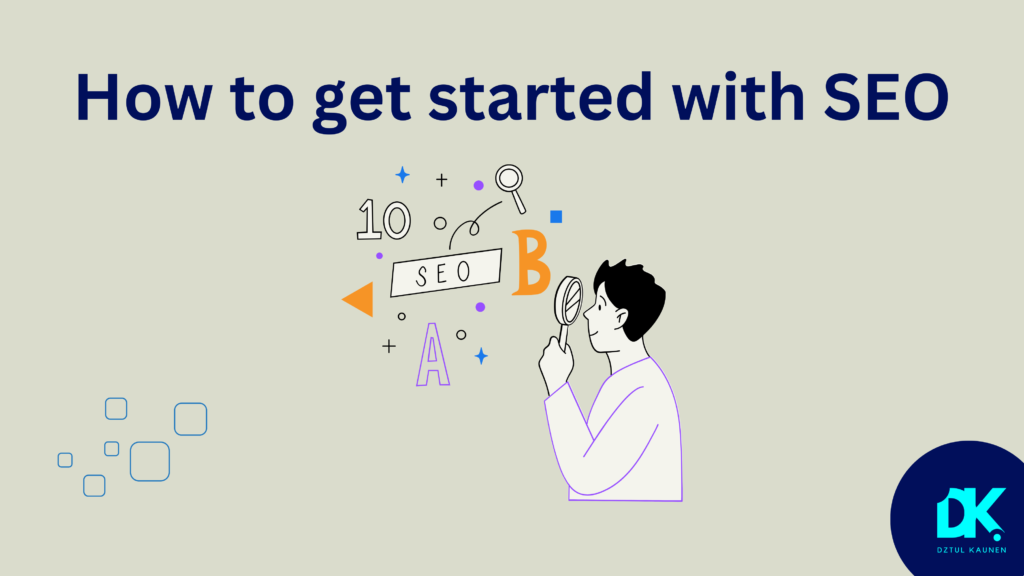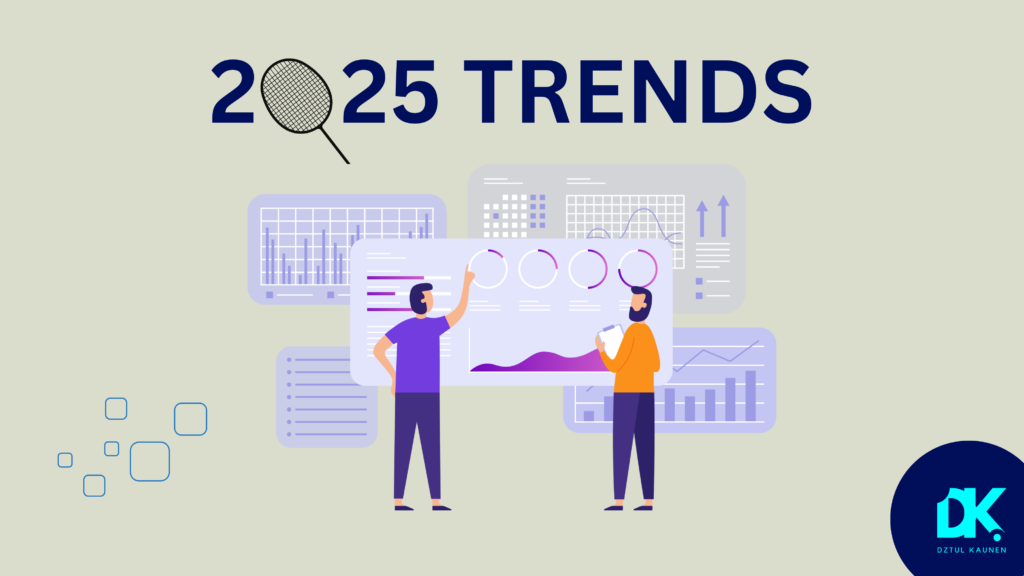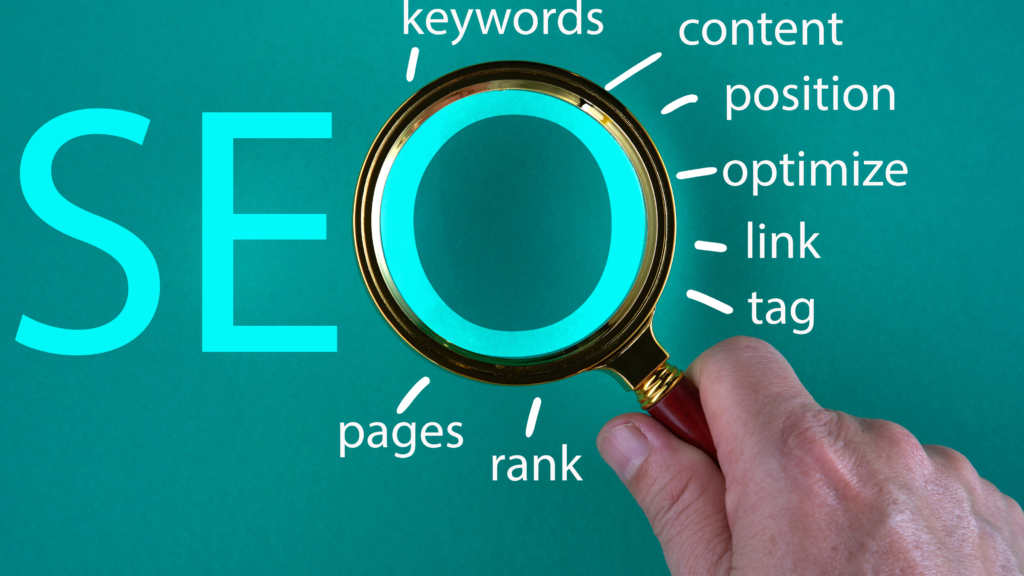Table of Contents
- What is SEO?
- Why is SEO Important?
- Types of SEO
- How Does SEO Work?
- Benefits of SEO
- How to Get Started with SEO
- Common SEO Mistakes to Avoid
- Best Practices for SEO Success
- Tools to Enhance Your SEO Strategy
- Future Trends in SEO
- FAQs
- Conclusion
1. What is SEO?
SEO stands for Search Engine Optimization. It’s the practice of enhancing your website's structure, content, and technical elements to rank higher in search engine results. But what is SEO, really? It’s more than just keywords; it’s about creating a seamless user experience while aligning with search engine algorithms.
From small businesses to multinational corporations, anyone with an online presence can benefit from SEO. It's about understanding how search engines function, what your target audience needs, and bridging the gap with optimized strategies.
For example, when someone searches "what is SEO", a well-optimized page will provide clear, relevant, and engaging answers, securing a higher position on SERPs.

2. Why is SEO Important?
Understanding what is SEO reveals its pivotal role in modern digital marketing. Here’s why:
Increased Visibility and Traffic:
SEO ensures your website ranks on the first page of search results, where 75% of users click. Higher visibility leads to more organic traffic, which is sustainable and cost-effective.Enhanced Credibility and Trust:
High-ranking websites are perceived as more reliable. Through consistent SEO efforts, you build authority and trust among users and search engines.Better User Experience:
SEO encourages optimization for speed, mobile responsiveness, and intuitive navigation. These improvements lead to higher user satisfaction.Cost-Effective Marketing:
Unlike paid ads, SEO doesn’t require continuous investment. Once established, it brings long-term returns without additional spending.Stay Ahead of Competitors:
Businesses implementing SEO outrank and outperform those who neglect it. By mastering what is SEO, you gain a competitive edge in your niche.

3. Types of SEO
To understand what is SEO, you must explore its types, each targeting different aspects of optimization:
1. On-Page SEO:
This focuses on optimizing individual pages to improve search rankings. It includes using relevant keywords like "what is SEO," creating compelling meta descriptions, and structuring content with headings.
2. Off-Page SEO:
Off-page SEO deals with activities outside your website, like earning backlinks, building brand mentions, and engaging on social media. It enhances your site’s reputation and authority.
3. Technical SEO:
Technical SEO ensures that your website is easy to crawl, index, and navigate. This includes fixing broken links, improving page speed, and implementing schema markup.
4. Local SEO:
If you’re a local business, optimizing for location-specific searches is critical. Local SEO uses strategies like Google My Business optimization to attract nearby customers.

4. How Does SEO Work?
The process of SEO is both straightforward and complex. To grasp what is SEO, you need to understand its inner workings:
Crawling:
Search engine bots, also called crawlers, scan your website to gather data about your pages.Indexing:
The collected data is organized and stored in the search engine’s database. Proper indexing ensures your content appears in search results.Ranking:
Algorithms evaluate your site’s relevance and quality to determine where it ranks for a specific query. The better your SEO efforts, the higher your ranking for terms like "what is SEO.

5. Benefits of SEO
Exploring what is SEO unravels its numerous advantages:
Long-Term Results:
Unlike paid ads that stop delivering once the budget runs out, SEO drives ongoing traffic.Improved ROI:
SEO offers a higher return on investment compared to other marketing strategies.Enhanced Customer Insights:
SEO analytics tools provide valuable data on user behavior, helping you fine-tune your strategies.Brand Awareness:
Ranking higher for queries like "what is SEO" makes your brand more visible and credible.Scalable Growth:
SEO scales as your business grows, making it ideal for long-term success.

6. How to Get Started with SEO
Starting with SEO involves a clear roadmap:
Keyword Research:
Use tools like SEMrush or Google Keyword Planner to identify phrases users search for, such as "what is SEO."Content Optimization:
Create informative and engaging content centered on your target keywords.Technical Setup:
Ensure your site is mobile-friendly, fast, and secure.Link Building:
Acquire high-quality backlinks from reputable websites.Monitoring:
Track your site’s performance using tools like Google Analytics to make data-driven adjustments.

7. Common SEO Mistakes to Avoid
Avoid these errors to maximize your understanding of what is SEO:
- Keyword Stuffing: Overusing keywords can harm your rankings.
- Ignoring Mobile Optimization: A non-responsive site loses significant traffic.
- Duplicate Content: Search engines penalize copied or redundant content.
- Skipping Analytics: Without data, you miss opportunities for improvement.

8. Best Practices for SEO Success
To excel in what is SEO, follow these practices:
- Prioritize Quality Content: Deliver value through well-researched, engaging articles.
- Use Internal Linking: Connect related pages to improve user navigation.
- Focus on Mobile-First Design: Ensure your site performs well on smartphones.
- Regular Updates: Keep your content fresh and relevant to maintain rankings.

9. Tools to Enhance Your SEO Strategy
The right tools simplify SEO implementation:
- Google Search Console: Monitor indexing and detect errors.
- Ahrefs: Analyze backlinks and track keyword performance.
- Yoast SEO: Optimize on-page elements for WordPress sites.
- SEMrush: Comprehensive keyword and competition analysis.
- Moz Pro: Uncover opportunities to improve your site’s authority.

10. Future Trends in SEO
Staying ahead in SEO means anticipating trends:
- AI Integration: AI tools help personalize user experiences.
- Voice Search Optimization: Adapt content for conversational queries.
- Visual Search Growth: Optimize images for search engines like Google Lens.
- Sustainability Practices: Users prefer environmentally conscious brands.

11. FAQs
What is SEO in simple words?
SEO is the process of improving a website's visibility on search engines to attract more organic traffic.
How long does SEO take to show results?
SEO results typically take 3-6 months, depending on the competition and strategy.
What are the best tools for SEO?
Tools like Google Analytics, Ahrefs, and SEMrush are great for SEO insights.
Is SEO better than paid ads?
While both are effective, SEO offers sustainable, long-term benefits.
Can I do SEO myself?
Yes, learning what is SEO and applying strategies is possible for beginners.
What is the role of keywords in SEO?
Keywords like "what is SEO" help search engines understand your content’s relevance.
Why is mobile SEO important?
A majority of searches now occur on mobile devices, making mobile optimization essential.
What is the difference between on-page and off-page SEO?
On-page focuses on website elements; off-page focuses on external factors like backlinks.
Can SEO help small businesses?
Absolutely, SEO can drive local traffic and establish online credibility.
What is the future of SEO?
AI, voice search, and sustainable practices will shape the future of SEO.
What is SEO in simple words?
SEO is the process of improving a website's visibility on search engines to attract more organic traffic.
How long does SEO take to show results?
SEO results typically take 3-6 months, depending on the competition and strategy.
What are the best tools for SEO?
Tools like Google Analytics, Ahrefs, and SEMrush are great for SEO insights.
Is SEO better than paid ads?
While both are effective, SEO offers sustainable, long-term benefits.
Can I do SEO myself?
Yes, learning what is SEO and applying strategies is possible for beginners.
What is the role of keywords in SEO?
Keywords like "what is SEO" help search engines understand your content’s relevance.
Why is mobile SEO important?
A majority of searches now occur on mobile devices, making mobile optimization essential.
What is the difference between on-page and off-page SEO?
On-page focuses on website elements; off-page focuses on external factors like backlinks.
Can SEO help small businesses?
Absolutely, SEO can drive local traffic and establish online credibility.
What is the future of SEO?
AI, voice search, and sustainable practices will shape the future of SEO.
12. Conclusion
Understanding what is SEO is a critical skill in the digital era. With the right strategies and tools, SEO can transform your online presence, increase traffic, and drive long-term growth. Start optimizing today and unlock the potential of search engine visibility!


